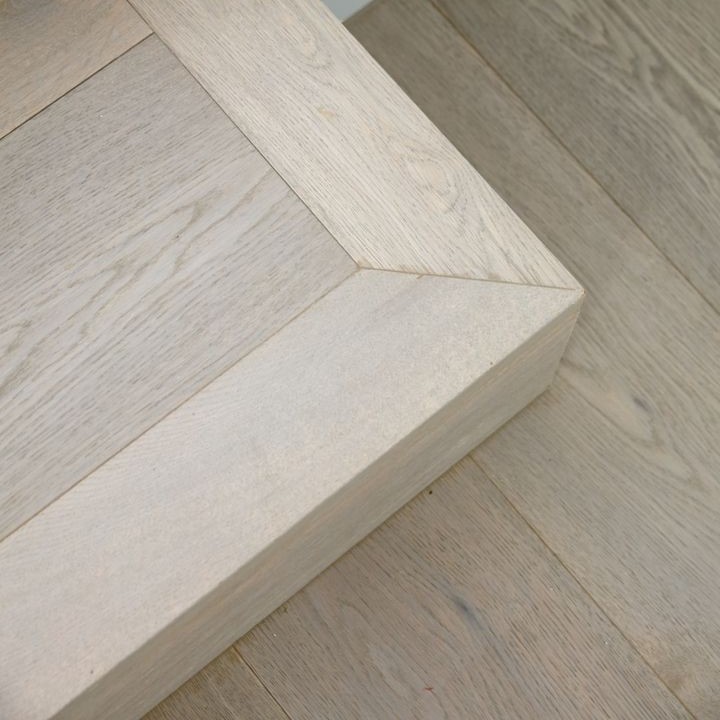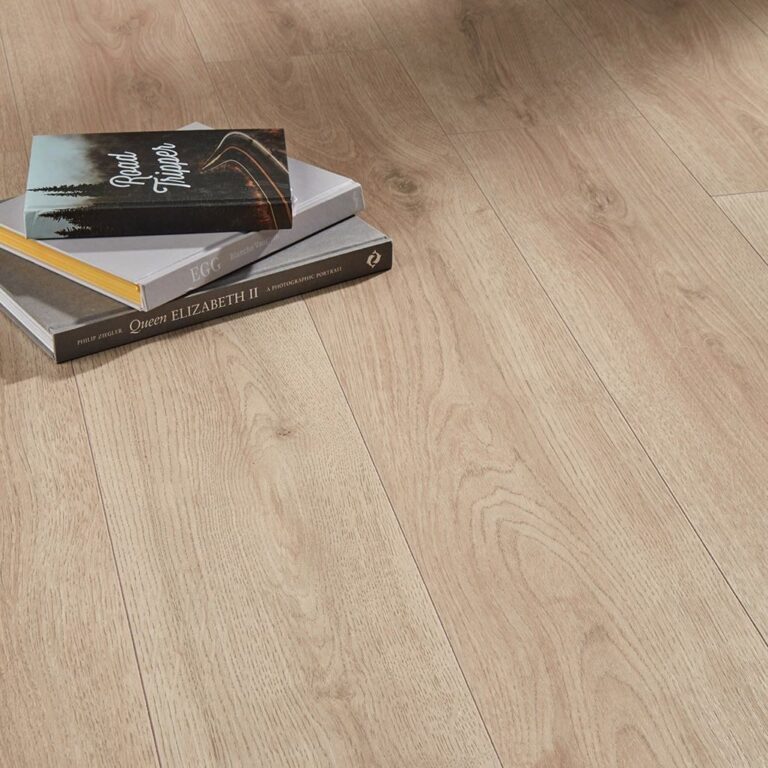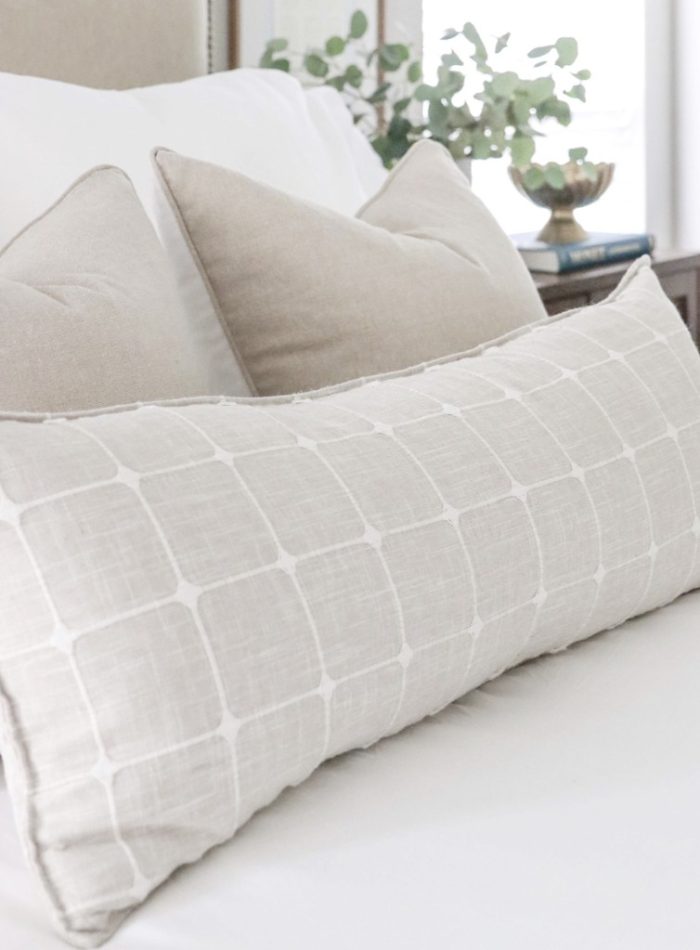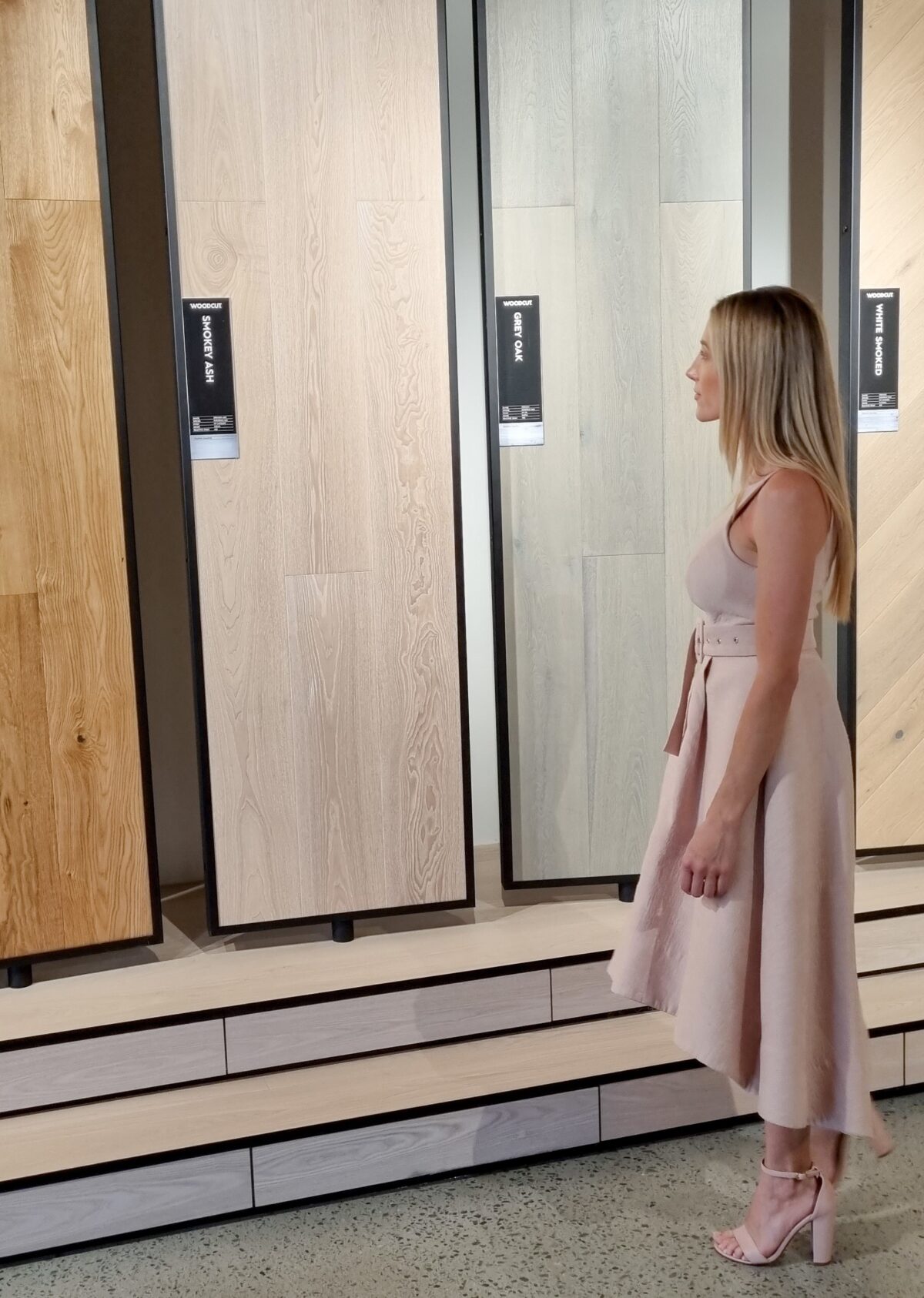
Timber Flooring: Engineered Timber, Traditional Planks or Timber look Laminate?
When it comes to selecting the perfect timber flooring option for your home or office, the choices can be overwhelming. Among the many options available, three popular choices stand out: engineered timber flooring, traditional timber flooring, and laminate flooring. Each type has its own unique characteristics, benefits, and drawbacks. We will explore and compare these three flooring options to help you make an informed decision.
Traditional Solid Timber Flooring
Traditional timber flooring, also known as solid hardwood flooring, has been a classic choice for centuries. It is crafted from solid planks of natural timber, providing a timeless and elegant appeal. Here are a few key considerations:
- Authenticity: Solid timber flooring exudes a natural warmth and beauty that is difficult to replicate. Its genuine wood grain patterns and natural colour variations create a unique and inviting ambiance in any space.
- Longevity: With proper care and maintenance, solid timber flooring can last for generations. It can be sanded and refinished multiple times, allowing you to restore its original beauty and extend its lifespan.
- Prone to Changes: Unlike engineered timber flooring, solid timber is more susceptible to shrinking and expanding due to fluctuations in humidity and temperature. This means it may not be suitable for areas with high moisture, such as bathrooms and basements.
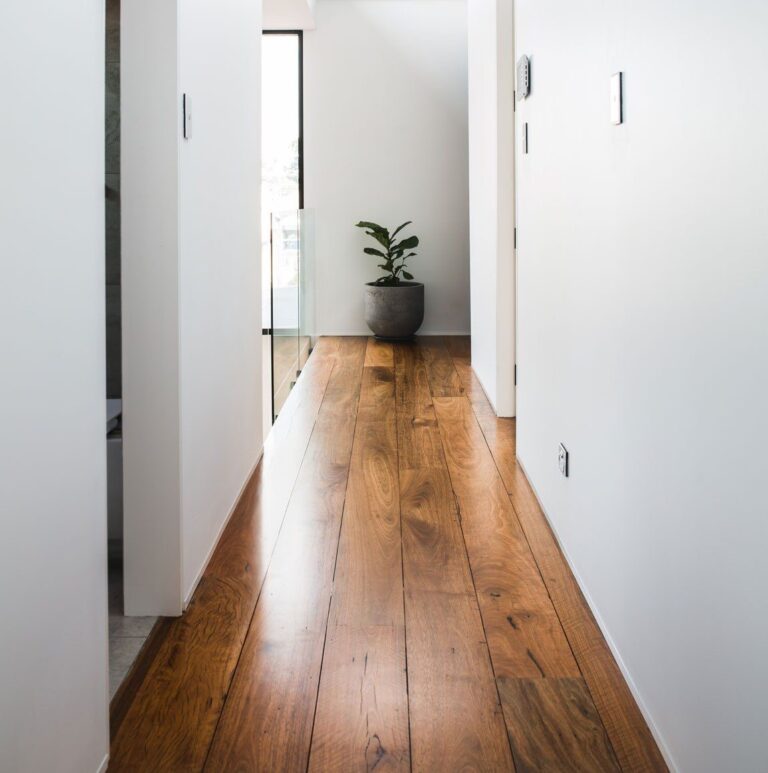
Engineered Timber Flooring
Engineered timber flooring is a modern alternative to traditional timber flooring. It consists of a real wood veneer layer bonded to multiple layers of plywood or high-density fiberboard (HDF). The top veneer is typically made of high-quality timber, providing an authentic wood look and feel. Here are some key points to consider:
- Stability: Engineered timber flooring is known for its exceptional stability, thanks to its layered construction. It is less susceptible to expansion and contraction due to changes in temperature and humidity compared to solid timber flooring.
- Versatility: This type of flooring can be installed over a wide range of subfloors, including concrete slabs and radiant heating systems. It also comes in various widths, finishes, and wood species, giving you more flexibility in design.
- Durability: Engineered timber flooring can withstand heavy foot traffic and is resistant to warping, cupping, and twisting. However, the durability largely depends on the thickness of the top veneer layer, so it’s important to choose a reputable brand.
Timber Look Laminate Flooring
Laminate flooring is a synthetic product designed to mimic the appearance of natural materials, including wood. It consists of a high-density fiberboard core topped with a photographic layer and a protective wear layer. Here’s what you should know about laminate flooring:
- Affordability: Laminate flooring is often more budget-friendly compared to engineered or solid timber flooring. It provides a cost-effective solution for achieving the look of wood without the high price tag.
- Durability: Laminate flooring is highly resistant to scratches, fading, and stains. Its wear layer provides protection against daily wear and tear, making it a suitable choice for high-traffic areas.
- Limited Refinishing: Unlike engineered or solid timber flooring, laminate flooring cannot be sanded or refinished. It is susceptible to moisture damage, and if a portion is damaged, it usually needs to be replaced rather than repaired.
Choosing the right flooring option for your space involves considering factors such as aesthetics, durability, budget, and maintenance. Engineered timber flooring offers a balance between stability and authenticity, while traditional timber flooring provides timeless beauty and longevity. On the other hand, laminate flooring presents an affordable and low-maintenance alternative with a wood-like appearance.
Ultimately, the decision between these flooring options will depend on your specific needs, preferences, budget and the characteristics of your space. Consulting with a design professional and exploring various samples can help you make an informed choice that enhances the beauty and functionality of your home or office.

